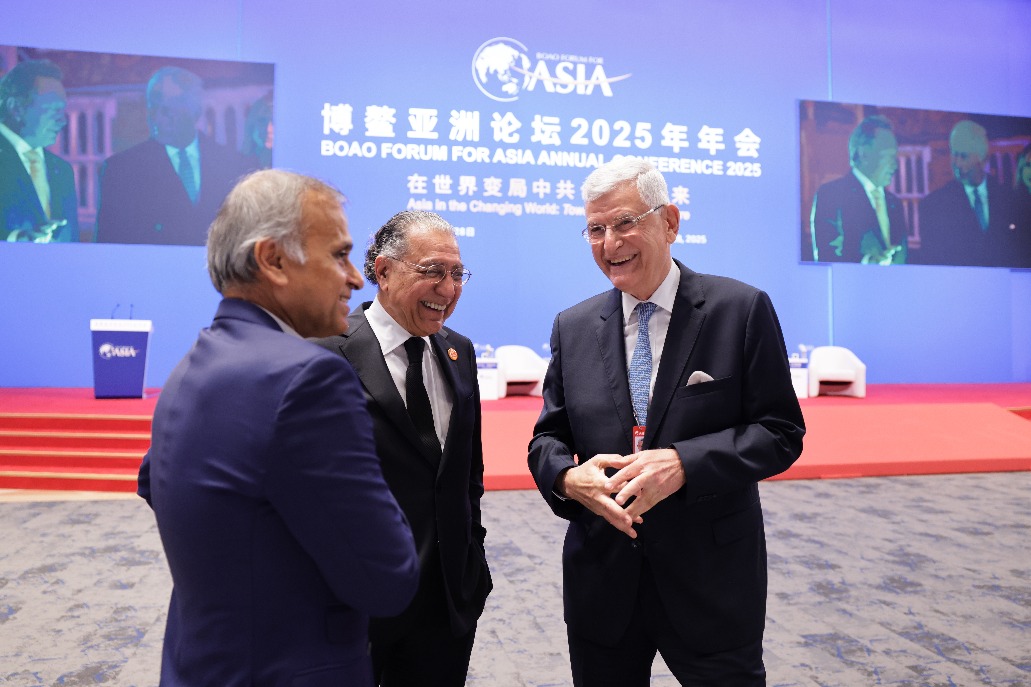Construction of China's High Energy Photon Source enters final stage
Xinhua | Updated: 2025-03-27 13:12

BEIJING -- The High Energy Photon Source, China's flagship synchrotron radiation facility, has officially launched its joint commissioning phase, marking its final construction stage.
The Institute of High Energy Physics (IHEP) under the Chinese Academy of Sciences, the main HEPS developer, announced the new development at a parallel forum of the 2025 Zhongguancun Forum in Beijing on Thursday.
A synchrotron radiation light source is a source of electromagnetic radiation usually produced by a storage ring. As one of the country's key scientific and technological infrastructure projects, HEPS is expected to become a fourth-generation synchrotron radiation facility with the world's highest brightness and will serve as a research platform for material science, chemical engineering, biomedicine and other fields.
The construction of the HEPS project began in Beijing's suburban Huairou District on June 29, 2019. The facility comprises several parts, including accelerators, beamlines, end stations and support facilities.
The HEPS project is expected to be operational by the end of 2025. Once completed, HEPS will be able to emit light that is one trillion times brighter than the Sun and will be open to users in fields such as aerospace, energy, environment, life science and pharmaceuticals, according to IHEP.
In January, HEPS achieved a world-class electron beam emittance of 93 picometer radians in the storage ring following the achievement of a beam current of more than 40 mA, which means the facility is able to produce high-quality bright synchrotron radiation.
Pan Weimin, director of the HEPS project, said the HEPS team innovated a scheme to utilize its booster as both an accelerator and an accumulator, significantly reducing the infrastructure's costs.
Jiao Yi, deputy head of the accelerator division, highlighted that HEPS's injection and extraction system enables electron beam recycling, making the process more environmentally friendly.
The project's first phase includes the construction of 14 user beamlines and a test beamline. Among them, the Hard X-ray Imaging (HXI) beamline is one of the distinctive experimental platforms aimed at studying internal microstructures in engineering materials.
Dong Yuhui, HEPS executive deputy director, highlighted the beamline's unique advantages. "The HXI beamline innovatively integrates insertion devices and a long sample-source distance to achieve higher coherence, deeper penetration, a wider field of view, and higher resolution, surpassing conventional X-ray sources."
"The high-energy X-ray has been transmitted into the end station of the HXI beamline, which will revolutionize studies in aerospace materials and whole-brain neural networks, offering greater efficiency and precision," Dong added.
























